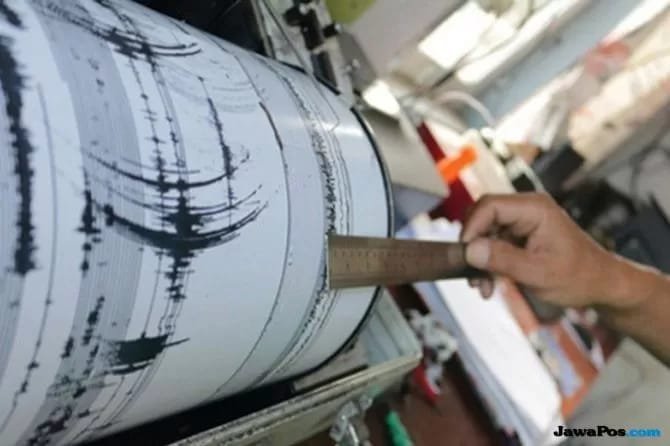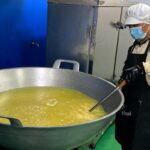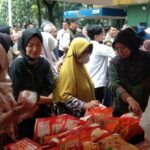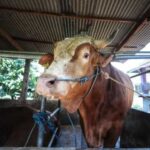The role of young people in driving the city’s economy has once again been proven. A total of 70 young individuals in the food sector in Bandung City have collectively recorded revenue reaching IDR 6.71 billion through the Nurturing Urban Resilience through Unifying Resources and Education (NURTURE) program, which ran from December 2024 to July 2025. This achievement was announced at the Food Youth Preneur Day (#FYPday) event at the Pendopo of Bandung City.
The NURTURE program is part of the global Urban Futures initiative, designed to build an inclusive, adaptive, and climate-resilient urban food ecosystem by actively involving young people aged 18–33.
Despite having high creativity, the majority of young entrepreneurs face classic obstacles: weak financial record-keeping, limited business planning, and suboptimal use of digital channels. This makes it difficult for businesses to survive amid intense competition and rapidly changing consumption patterns of urban communities.
NURTURE addresses these challenges through business training, intensive mentoring, the application of digital technology for business development, and ongoing business consulting.
One participant, the owner of Paskaw Hidroponik, Hariyanto, reported significant changes after joining the program. His business revenue nearly doubled, from IDR 6 million to IDR 11.8 million per month, thanks to structured financial record-keeping, effective digital marketing, and an expanding community network.
The Mayor of Bandung, Muhammad Farhan, emphasized that the participation of young people is crucial in building a resilient urban food system.
“They prove themselves as agents of change. With the right guidance, local food businesses can grow while strengthening community access to healthy, affordable, and sustainable food,” said Farhan.
Executive Director of Humanis, Tunggal Pawestri, described Bandung as a creative city with a dynamic youth ecosystem.
“Urban spaces are laboratories for food innovation. From digital technology to efficient local food distribution, the creativity of Bandung’s young entrepreneurs can deliver healthy and environmentally friendly food solutions,” said Tunggal Pawestri.
The #FYPday event serves as a platform to appreciate young entrepreneurs and connect them with government, private sector, and other business actors.
The importance of cross-sector collaboration was also emphasized.
“Food resilience requires the role of all parties. We want to connect the spirit of young entrepreneurs with support from various stakeholders to strengthen the urban food ecosystem,” it was stated.
The NURTURE and Urban Futures programs in Bandung are considered successful in strengthening food resilience while creating new economic opportunities for the younger generation. This success is hoped to be replicated in other cities to build food independence and strengthen sustainable local economies.

The Regional Disaster Management Agency (BPBD) of Bandung City conducted a geotrack activity, or tracing of disaster-prone routes along the Lembang Fault area. This agenda not only serves as a means of mapping earthquake threats but also as a form of direct education to the public to enhance preparedness for potential natural disasters.
The Head of BPBD, Didi Ruswandi, explained that the Lembang Fault is an active fault stretching 29 kilometers along the north of Bandung. Based on expert studies, this fault has an earthquake cycle between 167 and 670 years and has been dormant for about 570 years. This condition indicates that the fault’s movement cycle is increasingly approaching an active phase.
“According to expert data, the fault has indeed entered its cycle. The potential earthquake strength could reach a magnitude of 6.5 to 7. The goal of this geotrack activity is to provide as clear information as possible about the condition of the Lembang Fault, both physically in the field and based on scientific studies,” said Didi when confirmed in Bandung.
Didi Ruswandi revealed that geological history records show the Lembang Fault once triggered major impacts in the Gunung Batu area. Past tectonic movements caused differences in ground surface height of up to 120 meters and a surface drop of about






